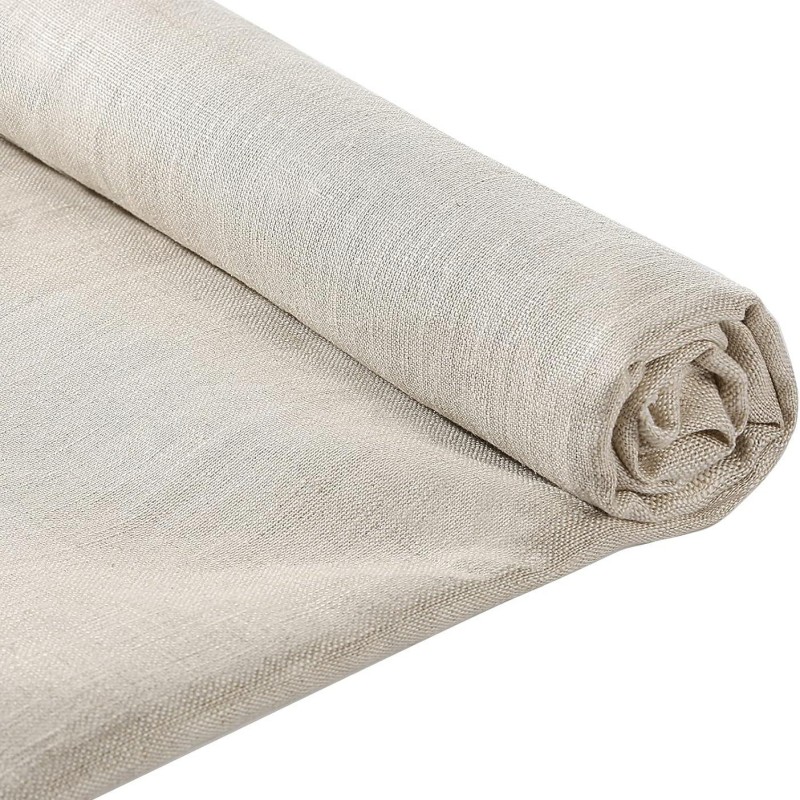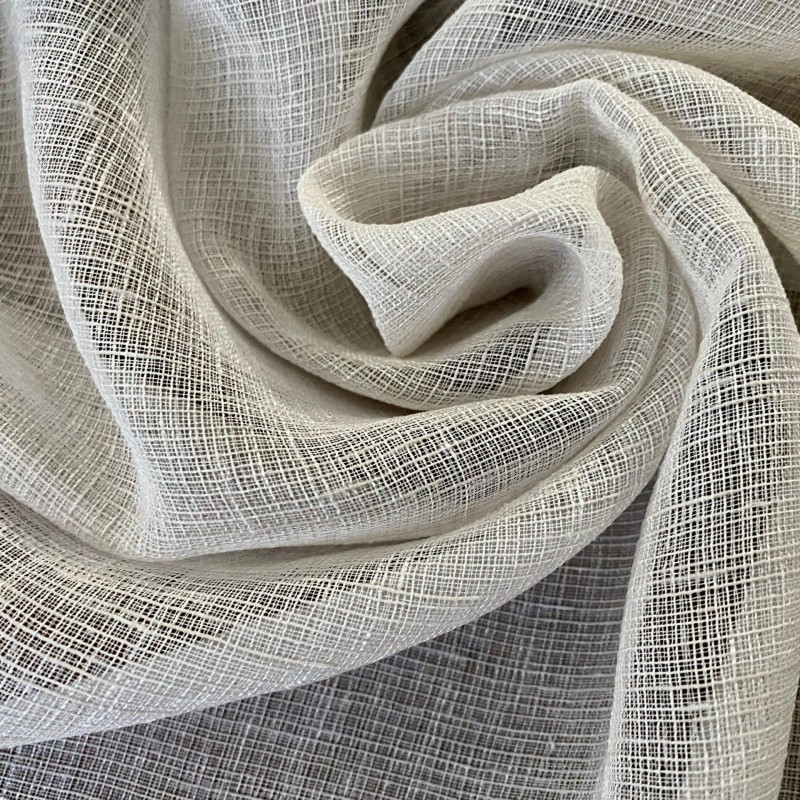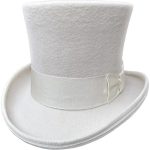Introduction to the Best Fabrics
Fabrics play a crucial role in our daily lives, affecting not just our clothing choices but also influencing interior design, fashion trends, and overall comfort. Understanding the best fabrics can help you make informed decisions whether you’re shopping for clothes, furniture, or craft supplies. With an endless array of options available, it can be overwhelming to determine which fabrics suit your needs best. Each fabric has its unique properties, and these can dictate not only the aesthetic qualities but functionality as well.
Some are lightweight and breathable, making them ideal for hot weather, while others offer warmth and coziness in colder climates. By exploring the vast landscape of fabrics, including their characteristics and applications, you’ll be better equipped to select materials that reflect your style, meet your needs, and sustain your lifestyle. In this article, we will delve deep into the best fabrics for different applications, from the wardrobe to home decor, touching on their historical significance, advantages, and the latest trends in fabric manufacturing.

Exploring Different Types of Fabrics
To explore the best fabrics, we first need to categorize them based on their fiber content, weave, and intended use. Here are some prominent categories:
- Natural Fabrics: Derived from plants or animals, these fabrics include cotton, linen, silk, and wool. Each of these has unique benefits, such as breathability, moisture-wicking properties, or warmth.
- Synthetic Fabrics: Produced from chemical processes, synthetic fabrics like polyester, nylon, and acrylic provide advantages such as durability, easy care, and wrinkle resistance.
- Blended Fabrics: These combine both natural and synthetic fibers to create fabrics that leverage the benefits of both worlds. Examples include cotton-polyester blends that maximize comfort while enhancing durability.
This framework provides a foundation for understanding how these fabrics perform differently based on the fibers they’re made from.
The Best Natural Fabrics
Natural fabrics have been cherished for centuries due to their comfort and versatility. The following are some of the best fabrics in this category:
- Cotton: One of the most popular fabrics in the world, cotton is known for its softness and breathability. It can be woven in various ways, leading to diverse textures and finishes. Cotton is highly absorbent, making it perfect for everyday clothing and household items like bedsheets and towels.
- Linen: Made from the fibers of the flax plant, linen offers exceptional strength and durability. Its natural texture is both rustic and elegant, making it a sought-after choice for summer clothing, table linens, and eco-friendly home decor. Linen is also highly breathable, making it ideal for warm climates.
- Silk: Luxurious and smooth, silk is a protein-based fabric traditionally produced by silkworms. While it requires careful handling, the rich sheen of silk makes it a favorite for formal clothing, blouses, and evening wear. Additionally, it regulates temperature well and has naturally hypoallergenic properties, making it perfect for delicate skin.
- Wool: Renowned for its insulating properties, wool is a natural fiber obtained from sheep and other animals. It’s ideal for cold weather clothing such as sweaters and coats due to its warmth and moisture-wicking capabilities. Fine wool, like merino, is softer and suitable for casual or dressy attire.
This section highlights the benefits of natural fabrics, which play a significant role in timeless styles and sustainable fashion.
The Best Synthetic Fabrics
While natural fabrics have their charm, synthetic fabrics offer unique advantages that cannot be overlooked. Here are some of the best synthetic fabrics:
- Polyester: Highly versatile and durable, polyester is used in everything from clothing to upholstery. It resists shrinking, stretching, and wrinkling, making it easy to care for. Polyester blends can enhance the performance of natural fabrics, such as cotton-polyester blends that provide softness with added durability.
- Nylon: Known for its strength and lightweight nature, nylon is often used in activewear and outdoor gear. It resists moisture and dries quickly, making it an excellent choice for athletic clothing and swimwear. Additionally, nylon is abrasion-resistant, which is beneficial for heavy-duty items like backpacks.
- Acrylic: Often used as a substitute for wool, acrylic fibers are lightweight, warm, and machine washable. They are especially popular in knitwear and blankets. Acrylic’s vibrant colors and resistance to moth damage make it a favored choice for casual wear.
- Spandex: This stretchy synthetic fiber is perfect for form-fitting garments such as leggings, swimwear, and activewear. Its elasticity allows for unrestricted movement, making it a popular choice in sports clothing.
Exploring the benefits of synthetic fabrics further reveals how they complement modern lifestyles and trends in fashion.

Blended Fabrics: The Best of Both Worlds
Blended fabrics combine the advantages of both natural and synthetic fibers. These modern materials have become increasingly popular due to their enhanced performance characteristics. Here are some notable examples:
- Cotton-Polyester Blends: Often found in t-shirts and dresses, these blends retain the softness and breathability of cotton while incorporating the durability and wrinkle-resistance of polyester.
- Wool-Acrylic Blends: This combination brings together the warmth of wool with the affordability of acrylic. It’s often found in sweaters and blankets, offering a balance of comfort and care.
- Linen-Cotton Blends: These blends provide the rustic texture of linen along with the softness of cotton, making them suited for summer wear and relaxed home decor pieces. The resulting fabric is breathable while still boasting durability.
- Rayon Blends: Rayon can be blended with various fibers to enhance drape and softness. It’s commonly used in dresses and blouses that require a flowing look while enhancing the fabric’s resilience.
Blended fabrics have revolutionized the fashion industry by permitting unique styles and practical applications in everyday clothing.
Key Considerations When Choosing Fabrics
Selecting the best fabrics involves careful consideration of multiple factors. Here are some important aspects to keep in mind:
- Purpose: Identify how you plan to use the fabric. Clothing, upholstery, and crafts each require different properties. For example, activewear demands moisture-wicking and flexibility, whereas drapery fabrics may require a heavier weight for privacy.
- Comfort: Consider how the fabric feels against your skin. Materials like cotton and bamboo are known for their comfort, while others may cause irritation.
- Durability: Look for fabric that can withstand regular use and washing. Fabric like polyester and nylon are known for their resilience, making them ideal for items that see frequent wear.
- Care Instructions: Research how to care for each fabric. Some require dry cleaning, while others can be machine-washed. Understanding fabric care can prolong the life of your textiles.
- Environmental Impact: With sustainability in mind, look for organic and recycled fabric. Many consumers are now prioritizing eco-friendly options that minimize environmental impact.
By taking these considerations into account, you can make informed choices that align with both your style and lifestyle.
Emerging Trends in Fabric Technology
In today’s fast-paced world, technology continues to reshape the fabric landscape. Staying informed about emerging trends can help you choose the best fabric aligned with current preferences:
- Smart Fabrics: These are designed with technology embedded in the fibers, allowing them to respond to environmental stimuli. Smart fabric can regulate temperature, moisture, and even monitor health.
- Eco-Friendly Materials: As awareness of sustainability rises, many brands turn to organic cotton, bamboo, and other sustainable sources. New eco-conscious fabric are designed to reduce waste and preserve social responsibility during manufacturing.
- Recycled Fabrics: Many brands are now utilizing recycled materials, including plastic bottles and discarded textiles, to create sustainable fabrics. This trend reduces landfill waste and lowers the environmental footprint of production.
- Versatile Textile Innovations: Emerging fabrics are increasingly versatile, promising multiple functionalities such as waterproofing, UV protection, and stain resistance. These multifunctional fabrics cater to the demands of busy lifestyles.
Staying ahead of fabric trends will not only enhance your personal style but also support environmentally friendly practices in the textile industry.

Conclusion
In conclusion, understanding the best fabrics is essential for making informed decisions about clothing, home decor, and other textile applications. From natural options like cotton, linen, silk, and wool to synthetic choices such as polyester and nylon, each fabric offers unique benefits tailored to different needs and lifestyles. Additionally, blended fabrics represent a transformative approach that harnesses the best characteristics of both natural and synthetic materials.
By considering factors such as purpose, comfort, durability, care instructions, and environmental impact, you can choose fabrics that not only meet your style preferences but also align with your values. As you explore emerging trends in fabric technology and sustainability, you can stay current in a rapidly changing industry that seeks to balance innovation with environmental responsibility. Ultimately, the best fabrics are those that enhance your life, elevating both your wardrobe and surroundings while reflecting your personal taste and commitment to sustainability.

